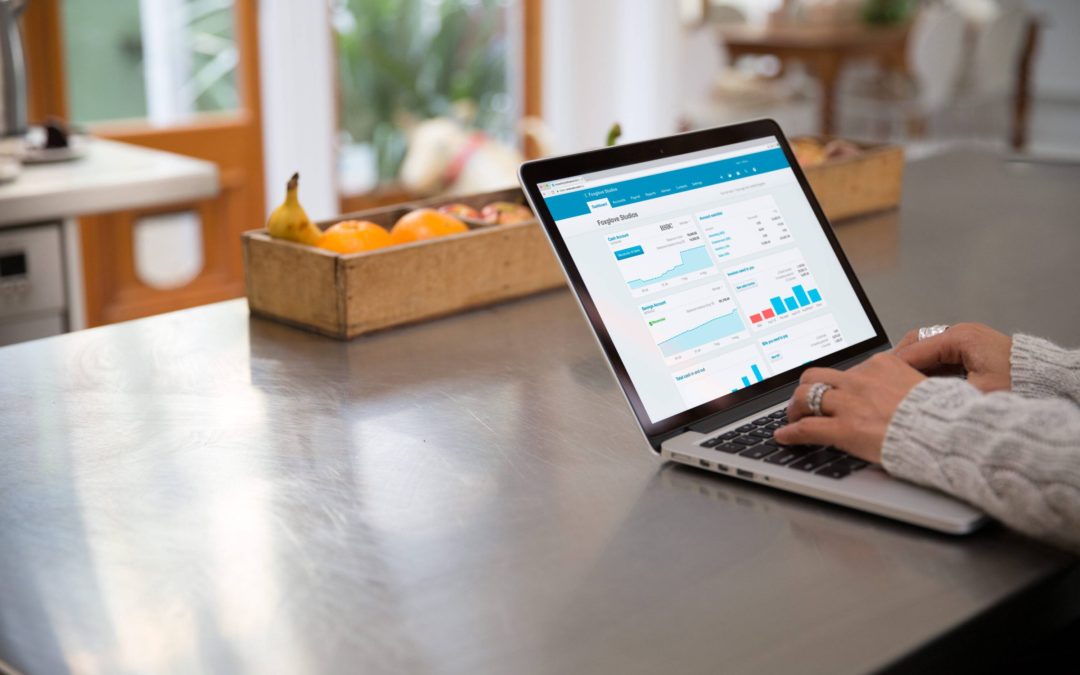Employee Payment Summaries are Due Soon – Get Ready Now
It’s that time of year – 30 June is looming and employers need to provide payment summaries to employees by 14 July.
That gives you only two weeks between the final pay run of the year and issuing payment summaries, and during that period you need to check all your payroll records to make sure you have correctly captured all elements of all employees’ pays.
Check Your Payroll Figures
Before you issue payment summaries, it is important to verify the numbers in your payroll accounting system. This minimises the chance of errors and then having to reissue payment summaries.
Payroll figures are stored and reported from different parts of the accounting ledger. At end of year, you should check different reports against each other to verify that you have captured correctly all payments to employees.
Examples of Errors
- You paid an extra amount to an employee as a bonus but forgot to include it in a pay run, simply allocating the payment to wages expenses.
- You made a typo error one pay run, resulting in underpaying the employee; therefore, the actual payment amount and the pay run amount are now different.
- You bought supplies for the staff room and allocated it accidentally to “staff wages” expense rather than “staff amenities”.
- An employee has been making salary sacrifice to their super fund, but you realise now that you have not set it up in your software to correctly report as reportable super on the payment summary.
- An employee has been making salary sacrifice payments for a laptop and you have processed this as taxable income rather than a deduction in taxable wages.
The above examples of errors mean that when you check your payroll reports against the relevant profit and loss accounts and the individual payroll summary reports you will see the amounts do not reconcile. It also means that payment summaries issued to employees could be quite wrong, resulting in either under or over reporting amounts.
There are many things you can check now to minimise the chance of these errors being made at payment summary time. The more you can do now, the easier it will be to produce the payment summaries on time.
The deadline of 14 July is actually a Sunday this year—so realistically, unless you work on the weekend, you need to have this done by Friday 12 July.
Things to Check Now
- Do you have full contact details, tax file number and date of birth for each employee?
- Do you have an email address as well as current residential address for all employees?
- Review any employees terminated throughout the year. Check that all relevant entitlements have been paid out and termination date recorded. Check the nature of the termination and the payments – should any of the payment be classified as an ETP for tax purposes?
- Review all allowances paid to employees and check whether they need to be included in gross payments or reported separately on the payment summary.
- Check reportable employee super contributions (RESC).
- Check with the tax agent for reportable fringe benefit amounts if you are unsure of the grossed-up calculations required.
Common Errors on Payment Summaries
The ATO reports the following as common errors on payment summaries. When you report your annual figures to the ATO, these are cross-checked against the amounts reported against individual payment summaries.
- Incorrect or invalid tax file number for the employee.
- Incorrect dates either for start and finish dates for employees or for the financial year.
- Incorrect dollar amounts listed for earnings and pay as you go withholding (PAYGW) tax.
- Amounts reported at incorrect fields, for example, allowances not reported correctly.
- Omitting RFB or RESC amounts.
- Forgetting to include amounts paid to employees in cash.
- Missing workplace giving or other lawful deduction amounts.
- Incorrectly reporting termination payments, for example, some termination payments should be reported separately on a different type of payment summary.
- Not checking with your tax agent whether certain director payments should be included or excluded.
- Incorrect tax withheld for lump sum payments or reported in the wrong field.
- Realising too late that you don’t have full contact details for a worker who has been terminated throughout the year.
- Using the wrong payment summary form for employment termination payments (ETPs) or amounts withheld for workers other than individual employees. Check the ATO payment summary guidelines if you are unsure.
Need Help?
If that all sounds too hard or you simply don’t have time, talk to me about assisting with your 2019 payment summary preparation in Xero.
I will do a ‘health check’ of your payroll general ledger accounts and reconcile wages, PAYGW and superannuation accounts in preparation for issuing payment summaries. During this process I will check that your Xero payroll accounts, payroll settings, pay items and employee details are set up correctly.
When payroll is set up correctly from day one, it can be straightforward to then get all your payroll correct; then, issuing payment summaries is a cinch. However, if the initial setup is not correct or incomplete, the subsequent pay runs may all be incorrect and may require adjustments to bring the payroll accounts and financial reporting accounts into balance.
Single Touch Payroll
Remember, this is the last year you will need to produce payment summaries! From 1 July Single Touch Payroll (STP) reporting is mandatory for all employers and next year payment summaries will be streamlined as part of the STP process.
Whilst there are a few exceptions, all employers need to enter into the STP system before 30 September 2019.
Read my recent STP article for full details. Talk to me about entering the STP system and getting set up on Xero. If you’re a small employer (1-4 employees), Xero has released a new plan called Payroll Only for $10 per month specifically for STP reporting.

